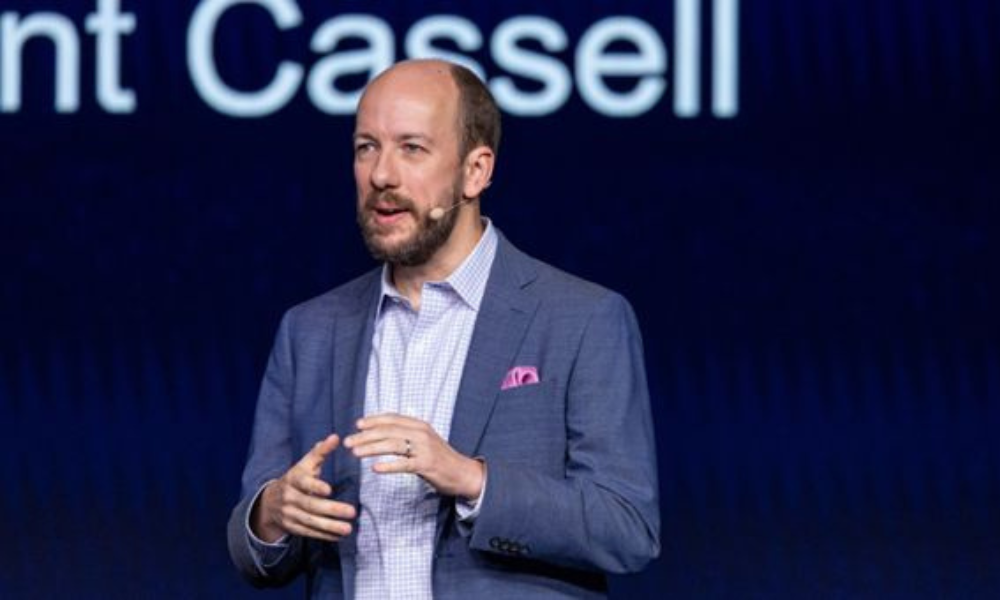Total rewards leaders need to demonstrate to key stakeholders the effectiveness of programs

Only 32 percent of total rewards leaders believe their organization does a good job assessing the effectiveness of their investments in well-being programs, says Gartner, Inc. Its 2023 survey of 165 total rewards leaders highlighted the lack of confidence these leaders have in assessing their programs.
“HR and total rewards leaders know that well-being programs overall work; what is unclear is how their own specific programs are performing and what is needed to improve their effectiveness,” says Brent Cassell, vice-president, advisory in the Gartner HR practice.
In fact, research by RBC Insurance does show employer-sponsored benefits are effective and shows employees with employer-provided benefits experience higher overall mental health (65 per cent, up five per cent from 2022) than those without benefits (51 per cent, down two per cent from 2022), revealing inverse trends and a widening gap between the two groups. Additionally, the majority of Canadians with employer-provided benefits also feel their employer enables them to have work/life balance (81 per cent).
But HR leaders must determine the effectiveness and return on investment of their own benefit offerings and communicate the value to senior stakeholders.
Gartner has identified three steps total rewards leaders can take to measure well-being program effectiveness:
- Measure dimensions of effectiveness
Organizations should look at four distinct dimensions of effectiveness – and the questions they raise – as a first step to measuring well-being effectiveness:
- Adoption – Are employees aware of and using the well-being programs provided?
- Satisfaction – If employees are using a particular offering, are they having a good experience and would they recommend it to others? Are they satisfied with the program of offerings overall?
- Wellness – If employees are using the offering – and having a great time doing so – is it working? Are they fitter, better, happier people as a result?
- Outcomes – If employees are feeling better, are total rewards leaders seeing that reflected in the outcomes their senior leaders care about most?
- Create a Measurement Framework
Against the four distinct dimensions of wellness, organizations should develop a measurement framework that looks at the full adoption journey. This includes employee awareness of well-being programs, whether employees feel the programs offered are relevant to their needs, and if employees are utilizing the programs.
Total rewards and HR leaders should also consider how to show that participation in well-being programs drives both talent outcomes – employee engagement, performance, and intent to stay – and business outcomes, including reduced health care costs, absenteeism/presenteeism, and regretted attrition.
“One potential method for determining the overall value of an organization’s well-being program is to consider three facets: satisfaction, adoption, and cost,” says Cassell.
- Craft a Value Story
Total rewards and HR leaders need to go beyond simply sharing data to show the value of well-being investments to key stakeholders. Rather than starting with metrics and what is most easily measured, total rewards leaders need to tailor their messages to their audience. To do this, they must understand the priorities of individual stakeholders and then share the metrics that best demonstrate the impact of well-being programs in those terms.
“Data alone is not value, it is a means to an end,” says Cassell. “Total rewards leaders need to demonstrate to their key stakeholders how the organization’s well-being programs contribute to the things that they care most about.”
How does your organization assess the value and effectiveness of its well-being programs? Comment below.



